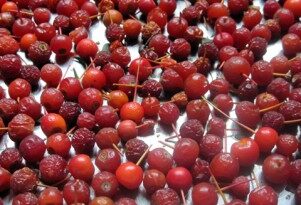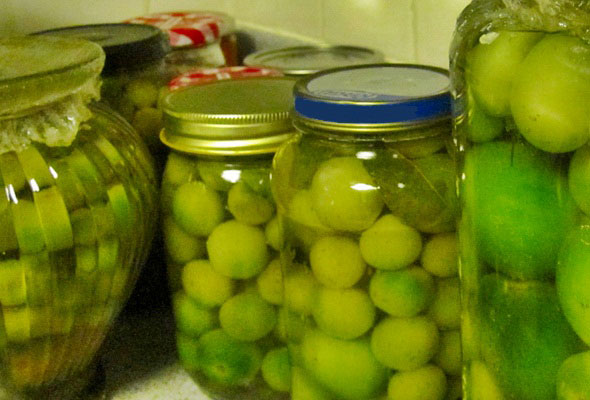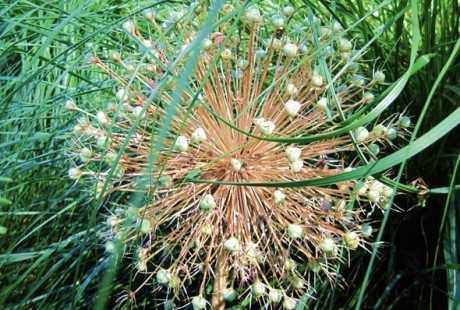rose petal preserves
Where I grew up, roses belonged in the pantry. Between the rose preserves, the rose syrups, and the rose water in pastry dough, the aristocratic flowers doubled up as bona fide cooking ingredients.
What do roses taste like? They are a bit of an acquired taste. Rose preserves are extremely fragrant, they make you feel almost like you are eating perfume, and their principal ingredient, the delicate petals, vigorously scrubbed with sugar and lemon until their velvety surfaces become thin and translucent like rice paper, screech between your teeth refusing to be chewed. Their consistence reminds me of cellophane.
The confection is very concentrated, you can’t eat more than one delightful teaspoon at a time, and it feels almost sinful to taste the ruby colored spoonful of fragrant petals, which seem reserved for beings above the human condition.
The finished preserves, jams and jellies become cooking ingredients in and of themselves, and end up rolled inside crepes and pastries, coloring fine custards and filling beignets.
If you want to try your hand at making rose petal preserves, keep in mind that the rose variety is very important. Only the most fragrant damasks are fitting for this purpose, Kazanlik and Rose de Rescht are traditionally used. I have seen white preserve roses, but I’ve never seen the preserves themselves. The old fashioned confections are almost always a deep ruby, the trademark color of this delightful treat. Rubbing the petals with lemon juice helps maintain the color intensity.
I’m sitting here, sipping a delightful cup of rose petal tea, and it tastes very much like the rose preserves I remember from my childhood. I wonder why I never thought of trying it before.




 Previous Post
Previous Post Next Post
Next Post




